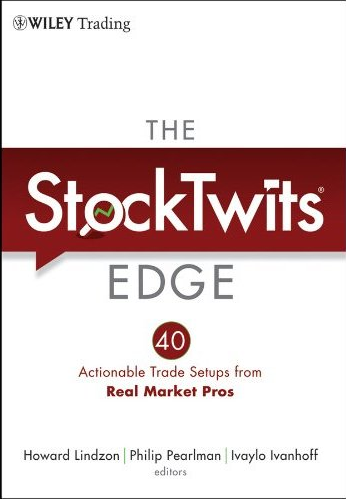1. You can talk stocks, options, futures and bonds all day long with people who share your passion. Finally someone will listen to you.
2. If you are good enough, you will be discovered and offered a way to monetize your talent.
3. You will make friends with like-minded people and your collaboration might lead to the creation of business relationships.
4. Your messages are distributed to most of the major financial media – Reuters, Bloomberg, Yahoo Finance, Bing, CNN…How cool is that.
5. You can make money by following other people’s advice. You can lose money that way too.
6. You can learn how to properly trade/invest and manage risk from people who actually do it on a daily basis.
7. You can significantly accelerate your learning curve as you learn not only from your mistakes but from other people’s mistakes too, in real time.
8. You can get financial news in real time.
9. You can get the reactions to news in real time.
10. You have access to some of the most sophisticated financial minds. You can ask questions and learn.
11. You can build a solid reputation and following the right way; without all the hype and special connections. It doesn’t matter who you know if you are good at what you are doing.
12. You can build a solid network of traders, investors, analysts…Communicating with smart people makes you smarter, faster.
13. You can ask some companies’ CEOs and CFOs direct questions to be answered on their regularly scheduled earnings calls.
14. You can get summaries and timely comments from the hottest earnings reports and IPOs in real time.
15. You can share and review charts in a convenient manner.
16. You can get a quick snapshot of the current market sentiment.
17. You receive a constant flow of trading/investing ideas.
18. You receive links to the most relevant and interesting financial posts and videos across the web.
19. You can customize your stream of messages by choosing which stocks and people to follow. Cutting down the noise could do wonders for your returns.
20. You get the good with the bad. People are sharing in real time not only their ideas and profitable trades, but also their criticism and losses.
21. It is free.
Full disclosure: I work for StockTwits. No one made me to write this post. For all I know, Howard Lindzon fires me twice a week for having the guts to criticize him.
